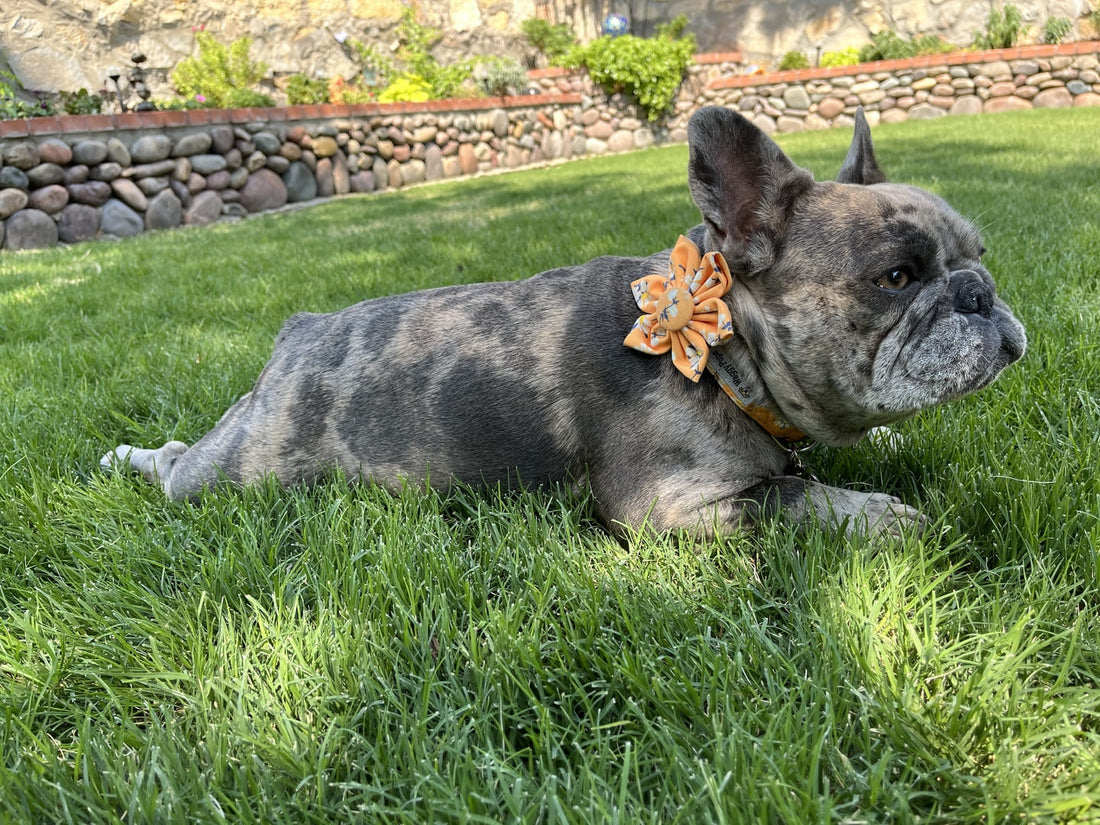
The Origin of Dog Collars: A Brief History
Share

Ancient Egyptian Collars
The earliest example of a dog collar we have dates back to Ancient Egypt. These collars were made from leather with a string attached so that the dogs could be leashed. While there are examples of dog collars that are even older, the lack of records from that time means we can’t be sure exactly how they were used or what they looked like. The Ancient Egyptian dog collars are some of the oldest examples of any pet accessory that we have, which shows just how early humans began to understand the need for dogs to have something around their necks. These collars also show how early humans began to differentiate between dogs and other animals. While cats were allowed to roam free and were treated almost as a part of the family, dogs were seen as work animals and therefore were leashed and collared. This not only helped humans keep track of their dogs but also showed their status as a working animal.

Dog mosaic, Bardo Museum, Tunis – cmccloskey56
Roman Collars
The Roman Empire saw a huge increase in the number of dogs being kept by people. This was thanks to the sport of hunting being more popular during this period. While most dogs were kept as pets, they were still required to be leashed. Roman dog collars were often made from leather and designed to be worn around the neck and under the dog’s jaw. This was to ensure that the dog couldn’t wriggle out of it and also meant the collar was less likely to cause injury to the dog’s neck. While these collars were mostly used for hunting dogs, some Romans did begin to use collars for their pets as well.

12th century dog collar at Reginald’s Tower
Medieval Collars
The period known as the Middle Ages saw very few changes in collars for dogs. They were still mostly used for hunting and were often just leather straps that could be easily removed from the dog once the hunt was over. The only real difference from Roman collars was that they were less likely to cause injury to the dog’s neck. This was because they were designed to sit further back on the dog’s neck and were often stiffer than Roman collars. However, they were still not designed to be worn for long periods of time and many dogs found them uncomfortable to wear.

Victorian dog collars return to castle
Renaissance and Victorian Collars
The Renaissance period saw a return to using collars for pets in addition to hunting dogs. Many of these collars were made from velvet and designed to be decorative. Collars were also used to show the status of the dog’s owner and would often be made from materials such as gold or silver. This is why many people associate dog collars with the Victorian era. Their collars were often made from leather with decorative buckles and were designed to be both decorative and functional.

Modern Dog Collars
Dog collars have come a long way since the Ancient Egyptians first started using them. However, the basic design has remained the same throughout history. This means that the collars we use today share many similarities with collars that were being used thousands of years ago. While many people still use decorative collars, they are also designed to be functional. Many collars are designed to be used with a leash that attaches to the dog’s collar. This helps humans keep track of their pets and also prevents them from getting lost. Most dogs today also wear an ID tag on their collar with important information such as their name, owners’ contact details, and the address of where they live. This ensures that if a dog does go missing and is found by someone, they have all the information they need to get the dog back to their owner.
Conclusion
Dogs have been domesticated for thousands of years, and for most of that time, they have worn collars. The oldest examples of these collars date back to Ancient Egypt, and they have changed very little since then. While most collars are designed to be both decorative and functional, they are still primarily used as a way to keep track of your dog and prevent them from getting lost.
Related Posts
-
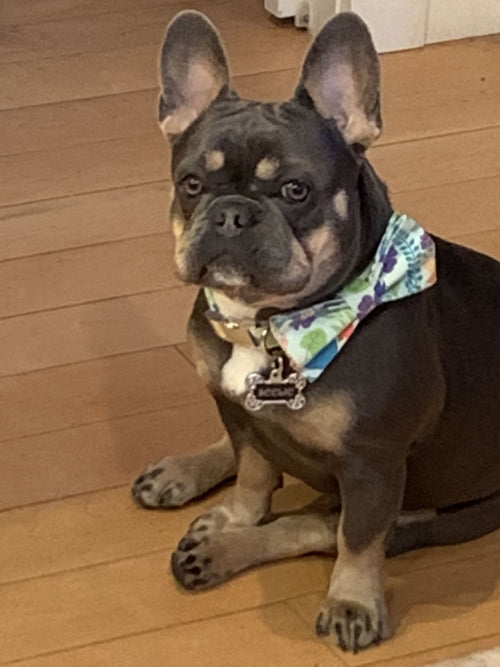
Dapper Dogs: A Guide to Bow Ties for Your Furry Fashionista
Bow ties for dogs are a stylish and practical accessory that can add personality and flair to your furry friend's appearance. Whether you want to dress them up for special occasions, or just add a touch of fun to their everyday look, there are plenty of bow tie options available.
-
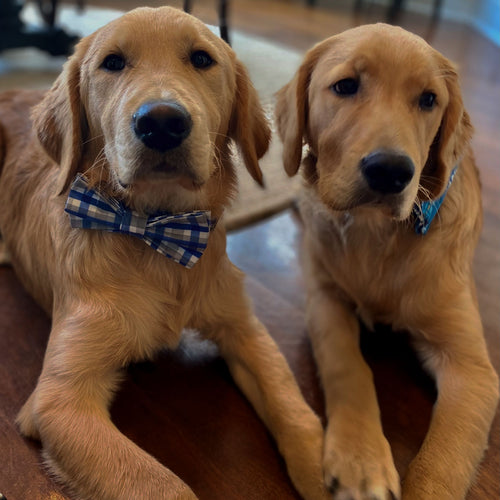
Upgrade Your Furry Friend's Style with Stylish Dog Collars - A Perfect Combination of Fashion and Functionality
By choosing one of our stylish collars, you're not just upgrading your dog's style. You're also embracing a practical accessory that will serve its purpose during everyday walks, special occasions, and more.
-
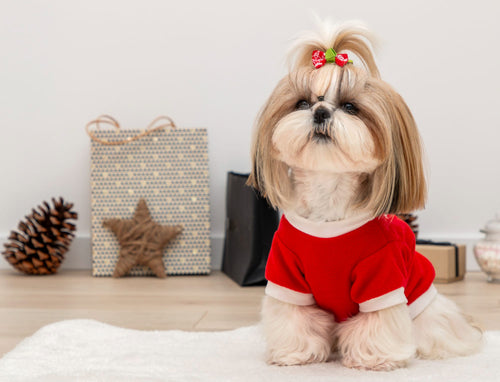
Festive and Adorable: A Guide to Choosing Xmas Outfits for Dogs
In this article, we'll embark on a fun journey, exploring different types of Xmas outfits for dogs, and provide some handy tips on picking the perfect one for your four-legged friend. Let the festive dressing begin!
-
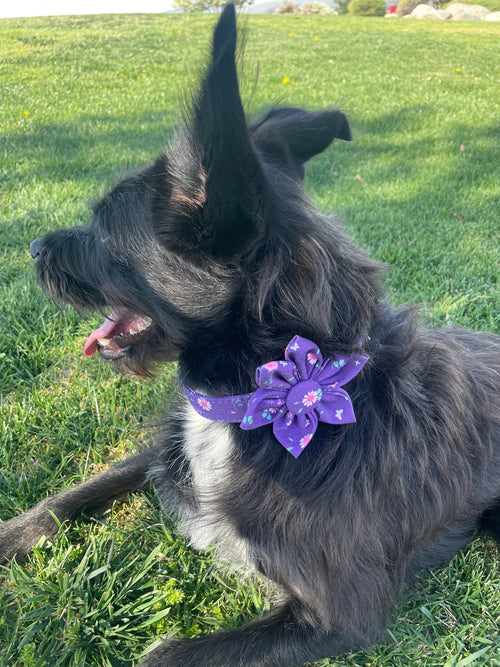
The Beauty and History of Floral Dog Collars
-
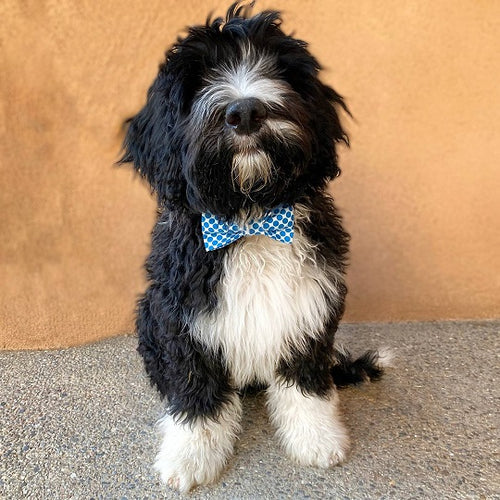
Dressing Your Dog: How to Be Stylish and Safe
Dressing up your dog requires you to be stylish and safe. You can choose outfits that are fashionable and cute but also comfortable for your favorite furry friend.
-
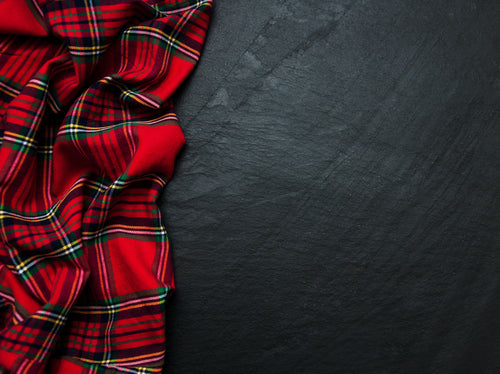
Plaid is Back!
No matter what color or length your dog's fur is, a plaid collar or harness will impart a great sense of style!










